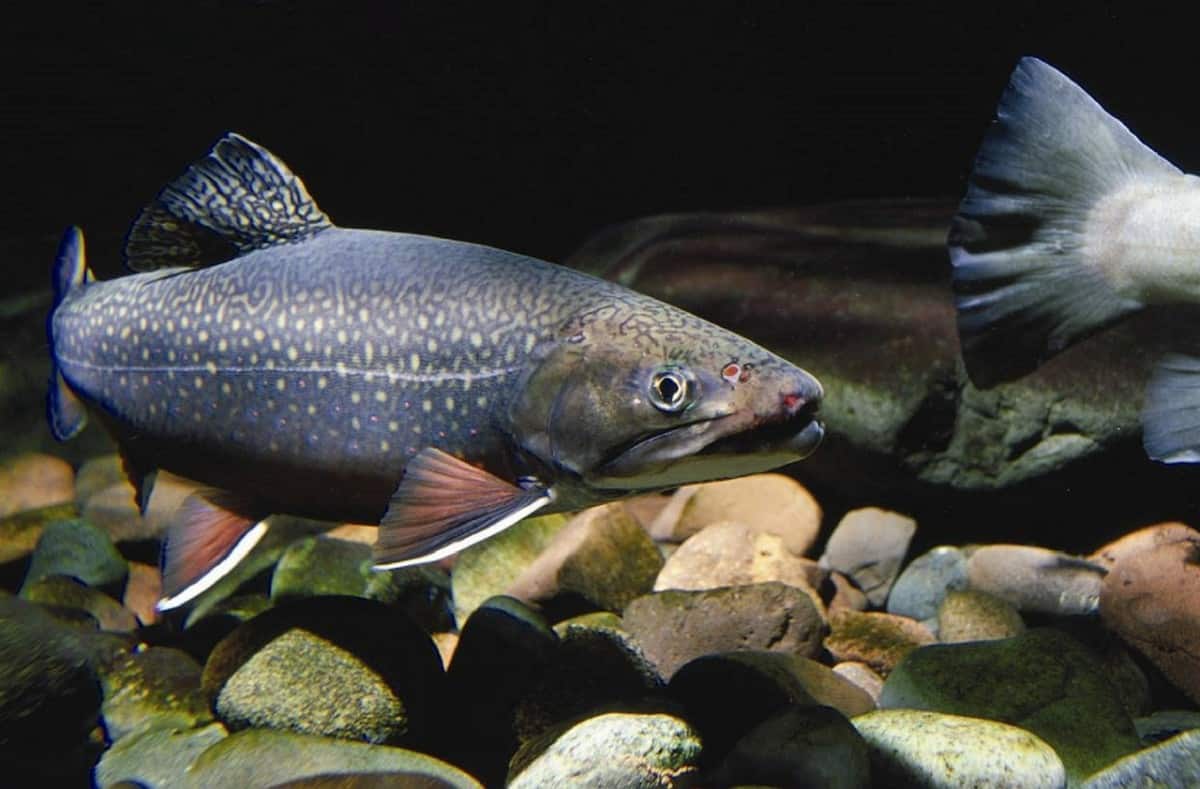
Due to the intensification of meat production, there is an enormous demand for protein-containing animal feed. But protein is a scarce and valuable raw material – and the traditional production of vegetable protein is harmful to the environment. Animal feed from insects, on the other hand, would make species-appropriate and environmentally compatible livestock farming possible.
Traditionally, protein-rich animal feed is produced from soy and fish meal. Raw materials that represent a considerable burden on the environment and do not meet the requirements of organic animal breeding. Austria purchases approximately 250 thousand tons of soy and fishmeal annually from South America. The production of fly larvae could replace the import of protein sources from outside Europe. Shorter transport routes and the conservation of natural resources would reduce the emission of climate-damaging gases.
Natural Nourishment
The use of insects as feed is obvious. A protein deficiency has a negative effect on the health of the animals. Chickens, pigs and fish feed at least partially on insects in their natural environment. Insects make up sixty percent of the natural diet of trout. Laying hens and broilers eat insects as well as grains and grasses. When pigs dig in the soil, they also look for protein suppliers such as worms.
Special Case Fish-Breeding
In fish farming, the lack of high-quality organic feed also speaks in favor of insect-based feeds. According to the start-up company Ecofly, which specializes in breeding insect larvae that can be used for agricultural purposes, this lack of high-quality organic feed represents a considerable barrier to conversion to organic farming. As a marine raw material, fishmeal is not sustainable. For this reason, the production of organic trout feed is limited to fish meal obtained from processing waste. In addition, the high proportion of vegetable protein leads to poor usability and, as a result, to chronic intestinal inflammation, according to Ecofly.
Intensive Research
Ecofly is not alone in the market: there are around twenty companies worldwide that specialize in insect-based animal feeds. In Europe, the companies Protix (Netherlands), Ynsect (France) and Hermetia (Germany) are working on it. Ecofly has focused on a segment that has not yet been considered: a protein source for the rearing and fattening of predatory fish.
Hermetia Illucens
Insects are able to convert feed with low protein value into high-quality protein. The insect Hermetia Illucens (black soldier fly), which occurs in the subtropics, feeds on dead plants and consists of thirty percent protein shortly before pupation. At this stage, the larvae could be harvested and processed or used live as animal feed. The Ecofly start-up wants to push this concept of protein recovery for a cycle-oriented agriculture.
Productive Breeding
Ecofly started research on the agricultural use of Hermetia Illucens three years ago. The larvae are fed with by-products from the food industry. This has the advantage that no additional heat sources are required for the breeding of the larvae. In addition, a stable process can be guaranteed, and harmful substances can be excluded. Land use is extremely efficient: one square meter can produce up to one ton of protein per year.
Protein, Oil and Fertilizer
The research work resulted in three products: Protein, oil and fertilizer. Protein and oil are obtained by degreasing the dried larvae. The fertilizer comes from the residues of larval breeding.
- The oil is suitable in its composition as a sustainable palm oil substitute in cosmetics and food as well as an energy supplier in animal feed for farm animals and pets.
- The protein is suitable for feed in aquaculture and as a protein source for pets with protein intolerances. It has no antinutritive properties and hardly any allergenic potential. Other properties include high biological value and excellent digestibility.
- The fertilizer can be used in agriculture and horticulture. Sustainably produced, it represents a biological nutrient source for a large number of plants. The insect larvae enzymatically break down the nutrients they contain and thus become available to the plants.
Proven Benefit
The benefits of larval breeding have been proven in numerous scientific studies. Protein conversion rates of up to ninety percent were observed during waste recycling by Hermetia Illucens larvae. An effect on the growth and health of the animals comparable to fishmeal was also demonstrated. In terms of CO2 emissions, fish meal, at 1400 kilograms of CO2 per ton, is clearly behind insect meal, which is 500 kilograms of CO2 per ton.
Legal Hurdles
There are still a few hurdles to overcome for use on a larger scale. Regulation (EC) 893/2017 allowed the feeding of certain insect species in aquaculture. The concept of beneficial insect was introduced and clear guidelines for the production of insect protein were laid down at European level. In Austria the feeding of live insects is prohibited. There are fears of microbiological hazards from the introduction of live insects into livestock houses. The feeding of insect protein to chickens or pigs is also currently still prohibited. These regulations are expected to be changed in 2020.
The breeding of insects also raises ethical questions. Clear guidelines for the keeping and killing of bred insects are necessary to achieve acceptance in society.
The Team Ecofly
The founders of the Ecofly start-up are Simon Weinberger, Michael Forster and Bernhard Protiwensky. CEO Weinberger is a chemist and fisherman and contributes his expertise in aquaculture. CTO Forster completed his studies in culturalengineering and water management and contributes with his knowledge of technology and agriculture. CFO Protiwensky is a mechanical engineer and multiple founder. He is the source of knowledge about fertilizer production. He also contributes to the technical implementation.
Also Interesting:
Yeast as an Alternative Protein Source for Animal Feed
‘Mosquito Spray’ as Crop Protection
